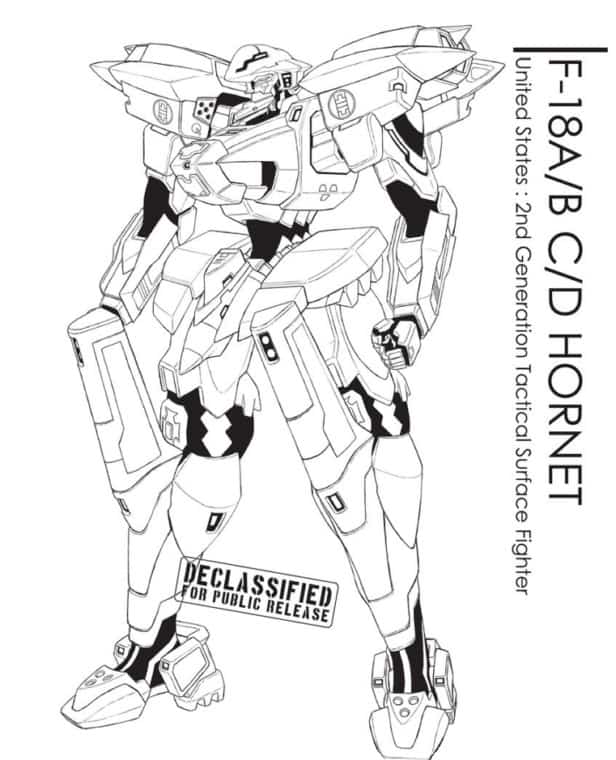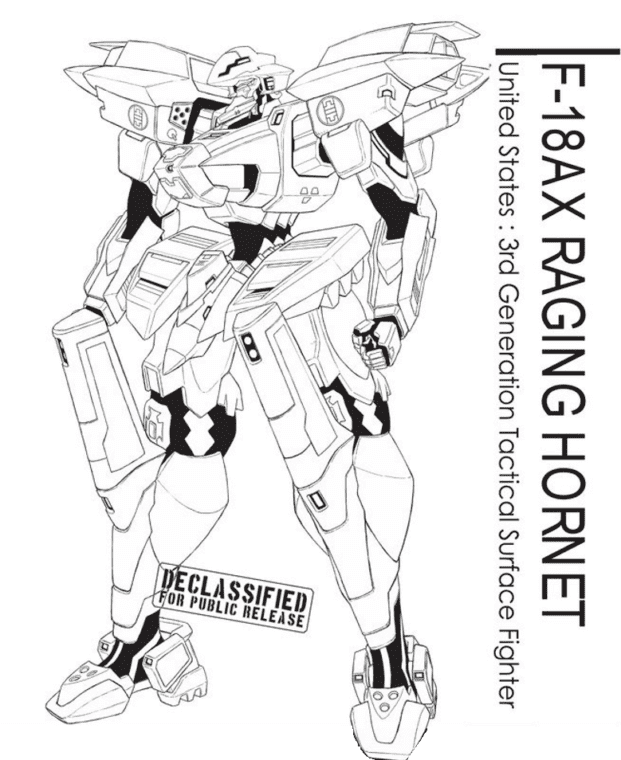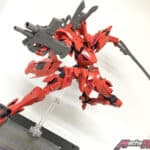
Mecha Profile: F-18 Hornet – Muv-Luv Alternative
Even in the face of humanity’s impending peril, the arms race never stop, especially within the United States itself. TSF manufacturers in the U.S are constantly pitting their products against each other, hoping to secure a deal with the government for their T.S.F. But thanks to that, the U.S is at the top of the world. And not all competitions ended in a winner and a loser, sometimes both units were chosen for different roles and that held true for the YF-17 Cobra, which went on to become the F-18 Hornet – the pride of the Marines! SEMPER FI!
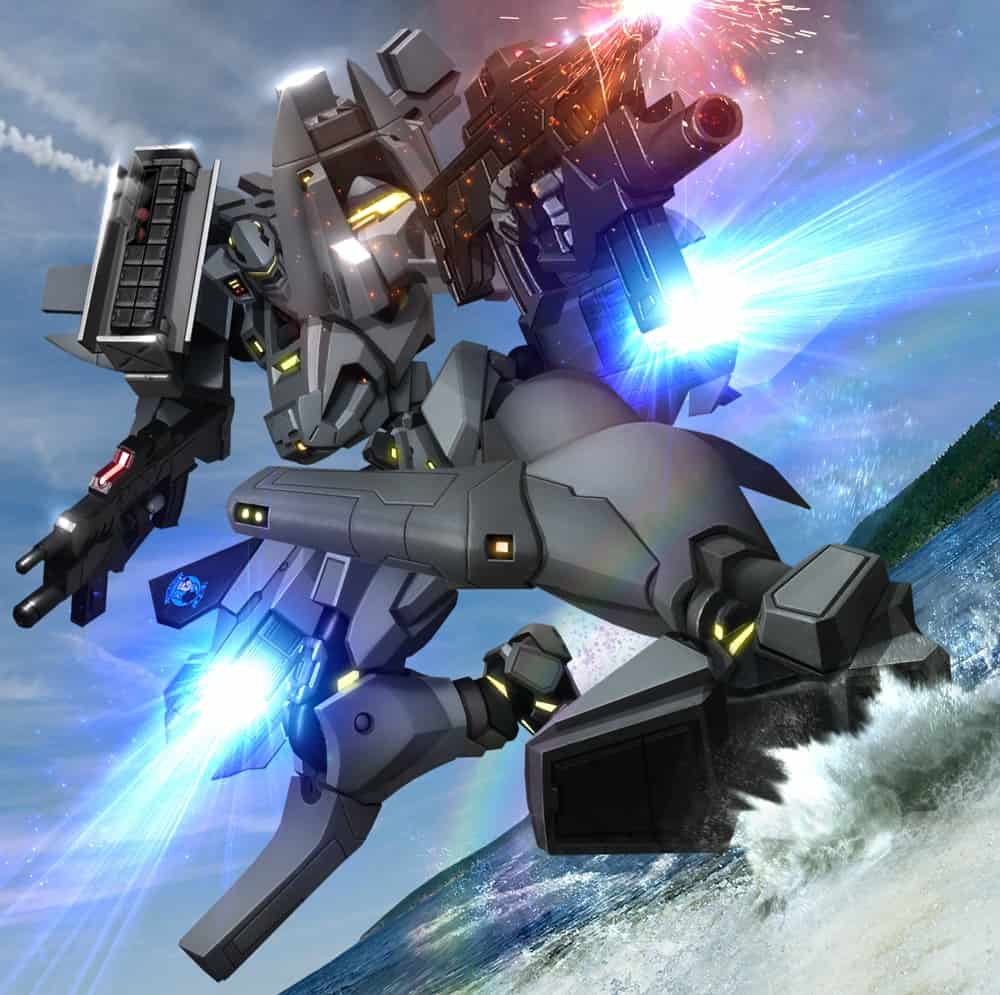
I. Development History:
– In 1980, the U.S initiated the Light-Weight Tactical Surface Fighter (LWTSF) Program to select a lightweight, more affordable unit that can be mass-produced due to the high cost and maintainability of the current 2nd-gen TSFs: the F-14 Tomcat and F-15 Eagle. The program was conducted between the YF-16 and YF-17 and ended with the YF-16 being selected (which later became the F-16 Fighting Falcon). Despite not being chosen, the prototype YF-17 caught the Navy’s interest, and Northrock developed it into the F-18 Hornet to be the Navy’s mainline carrier-loadable TSF.
– After several years of adjustments, including a new control block, the F-18 Hornet was formally deployed to the Navy in 1987. The F-18 was well-received as a multirole TSF and excelled in cost-efficiency compared to the F-14 and F-15. Several countries, including Australia, adopted the unit to replace the outdated F-4 Phantom. However, many frontline Surface Pilots weren’t too fond of it due to its limited in-combat vertical climbing abilities as well as different mobility and maneuverability characteristics.
– In response to the requests of the Navy and Marines, McDaell Doglam proposed a complete refurbishment of the F-18 Hornet – the “Hornet 2000 Program”. The Navy approved the program soon after dropping the Super Tomcat Program, which was much more expensive than the Hornet refurbishment program, which was on the scale of a complete redesign. The aim of the program is to give the Hornet specifications surpassing the F-14 Tomcat. In 1992, production plants of the F-18 was shutdown. 2 years later, 1984, the F-18E/F Super Hornet was deployed as a 2.5th-generation TSF to the US Navy.
– Even though the Hornet’s specs were lower than the F-14, the craft does not lose to the F-14 across multiple uses. Its cost performance was changed from a weakness to its emphasized excellence. The proof of this lie in the fact that not only the US Marines and Navy employ the craft, but also North America, EU, COSEAN, Australia and Africa also did. The number of deployed Super Hornets has even surpassed the Eagles and became McDaell’s best-selling TSF.
– In 1980, the U.S initiated the Light-Weight Tactical Surface Fighter (LWTSF) Program to select a lightweight, more affordable unit that can be mass-produced due to the high cost and maintainability of the current 2nd-gen TSFs: the F-14 Tomcat and F-15 Eagle. The program was conducted between the YF-16 and YF-17 and ended with the YF-16 being selected (which later became the F-16 Fighting Falcon). Despite not being chosen, the prototype YF-17 caught the Navy’s interest, and Northrock developed it into the F-18 Hornet to be the Navy’s mainline carrier-loadable TSF.
– After several years of adjustments, including a new control block, the F-18 Hornet was formally deployed to the Navy in 1987. The F-18 was well-received as a multirole TSF and excelled in cost-efficiency compared to the F-14 and F-15. Several countries, including Australia, adopted the unit to replace the outdated F-4 Phantom. However, many frontline Surface Pilots weren’t too fond of it due to its limited in-combat vertical climbing abilities as well as different mobility and maneuverability characteristics.
– In response to the requests of the Navy and Marines, McDaell Doglam proposed a complete refurbishment of the F-18 Hornet – the “Hornet 2000 Program”. The Navy approved the program soon after dropping the Super Tomcat Program, which was much more expensive than the Hornet refurbishment program, which was on the scale of a complete redesign. The aim of the program is to give the Hornet specifications surpassing the F-14 Tomcat. In 1992, production plants of the F-18 was shutdown. 2 years later, 1984, the F-18E/F Super Hornet was deployed as a 2.5th-generation TSF to the US Navy.
– Even though the Hornet’s specs were lower than the F-14, the craft does not lose to the F-14 across multiple uses. Its cost performance was changed from a weakness to its emphasized excellence. The proof of this lie in the fact that not only the US Marines and Navy employ the craft, but also North America, EU, COSEAN, Australia and Africa also did. The number of deployed Super Hornets has even surpassed the Eagles and became McDaell’s best-selling TSF.
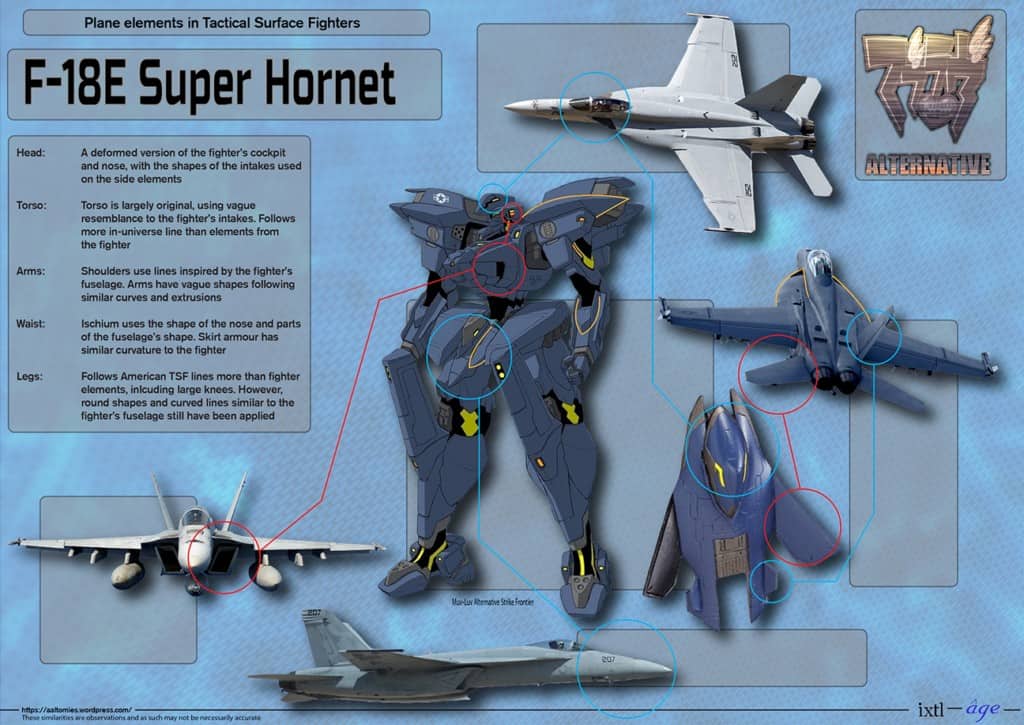
II. Technical Specs & Armaments:
– The F-18 Hornet stands at 17.7-meter tall, utilizing two FE404-GE-400 Jump Units. The F-18 Hornet is a light-weight, cost-effective TSF which include a control block that deployed horizontally, since the F-18 is loaded on the aircraft carrier in supine position. The F-18 has slightly lower specs than the F-15 but lower operational cost per unit and greater versatility than the F-16.
– As the newest 2nd-generation craft after the F-15 Eagle and F-16 Fighting Falcon, it incorporates many ambitious designs while retaining the unique flavor of the prototype. The Hornet’s innovative slit-shaped parallel thruster nozzles on the shoulder block (a concept that the F-14 started) further highlight the unique form of the armor blocks, which is also similar to the F-16. The knee-block weapon storage is similar to the F-15 Eagle, where it can store spare Assault Cannon mags and combat daggers.
– The F-18 might have used the WS-16C in some capacity before the introduction of the next-gen AMWS-21 Assault Cannons. The new-gen Assault Cannons included a laser-targeting devices that estimate the distance between the gun and the target and transmit it to the Fire Control System. Its firing range exceeds 3000 meters, but accuracy and penetration gradually decrease with distance.
– The F-18E/F Super Hornet was redesigned by McDaell Doglam to use new materials and a redesign to help improve the airframe’s rigidity and toughness, also the Jump Unit’s main engine output. The Hornet’s original weakness – its vertical climbing ability – was also dramatically improved. By increasing the thrust-to-weight ratio and the size of the airframe, the craft’s weapon mounting capacity was improved, which allow for full Gun Sweeper configuration.
III. Variation:
The F-18 is an all-terrain, all-climate TSF with excellent cost performance, therefore it was adopted by many nations outside of the U.S, which lead to many local versions.
– F-18A/B Hornet: The first production models of the Hornet based on the YF-17 Cobra made by Northrock. The F-18A is the single seat variant and the F-18B is the multi-seat variant.
– F-18C/D Hornet: The upgraded version of the respectively A/B version with new retrofitted new avionics. The F-18C is the single seat variant and the F-18D is the multi-seat variant.
– F-18E/F Super Hornet: McDaell Doglam (currently Boening)’s large-scale refurbishment of the Hornet after they propose the “Hornet 2000 Program”. The sensor’s capacity was expanded by lengthening the head module – which increase the unit’s height to 18.5m. Various avionics were also retrofitted and side thrusters were also added to the shoulder block. Its defenses were reinforced and its operative time was extended by enlarging the waist armor block and its lower legs. Overall, it was upgraded across the board.
– F-18 HMRV Smash Hornet: a High-Maneuverability Research Vehicle (HRMV) variant based on the Super Hornet developed with the collaboration between the Australian military and Boening. The ambitious craft required specs included the capacity to conduct transoceanic operations while also being carrier-loadable, that also included enhancing detection range and communication capabilities. The Smash Hornet is also fitted with new armor material, which maintained strength while weighing less, and a more efficient jump engine. The additional sensor mast on the head also increase the height of the unit to 21.3m.
– F-18AX Raging Hornet: a 3rd-gen experimental craft developed by the COSEAN force by refurbishing the 2.5th-generation Super Hornet. The development is part of the Advance Asian Next-Generation (AAX) TSF Program, and aim to create a multirole 3rd-gen TSF for individual COSEAN nations. The Raging Hornet has proficient medium range, good mobile bombardment and close quarter dogfighting abilities. An addition requirement was also being comparatively cheaper than other 3rd-gen craft and surpass the F-15E Strike Eagle benchmarks. The unit is scheduled for deployment in 2005.
– F-CK-1 Ching-kuo: a 2nd-generation TSF developed by Taiwan’s TAIDC based on required specs to perform culling operations across the Taiwan Strait. Taiwan chose the F-18 as the base design due to its superior operating time and versatility. The upgrade include a lightened frame and enlarged leg fuel tanks.
– F-18C/D Hornet: The upgraded version of the respectively A/B version with new retrofitted new avionics. The F-18C is the single seat variant and the F-18D is the multi-seat variant.
– F-18E/F Super Hornet: McDaell Doglam (currently Boening)’s large-scale refurbishment of the Hornet after they propose the “Hornet 2000 Program”. The sensor’s capacity was expanded by lengthening the head module – which increase the unit’s height to 18.5m. Various avionics were also retrofitted and side thrusters were also added to the shoulder block. Its defenses were reinforced and its operative time was extended by enlarging the waist armor block and its lower legs. Overall, it was upgraded across the board.
– F-18 HMRV Smash Hornet: a High-Maneuverability Research Vehicle (HRMV) variant based on the Super Hornet developed with the collaboration between the Australian military and Boening. The ambitious craft required specs included the capacity to conduct transoceanic operations while also being carrier-loadable, that also included enhancing detection range and communication capabilities. The Smash Hornet is also fitted with new armor material, which maintained strength while weighing less, and a more efficient jump engine. The additional sensor mast on the head also increase the height of the unit to 21.3m.
– F-18AX Raging Hornet: a 3rd-gen experimental craft developed by the COSEAN force by refurbishing the 2.5th-generation Super Hornet. The development is part of the Advance Asian Next-Generation (AAX) TSF Program, and aim to create a multirole 3rd-gen TSF for individual COSEAN nations. The Raging Hornet has proficient medium range, good mobile bombardment and close quarter dogfighting abilities. An addition requirement was also being comparatively cheaper than other 3rd-gen craft and surpass the F-15E Strike Eagle benchmarks. The unit is scheduled for deployment in 2005.
– F-CK-1 Ching-kuo: a 2nd-generation TSF developed by Taiwan’s TAIDC based on required specs to perform culling operations across the Taiwan Strait. Taiwan chose the F-18 as the base design due to its superior operating time and versatility. The upgrade include a lightened frame and enlarged leg fuel tanks.
IV. Gallery:
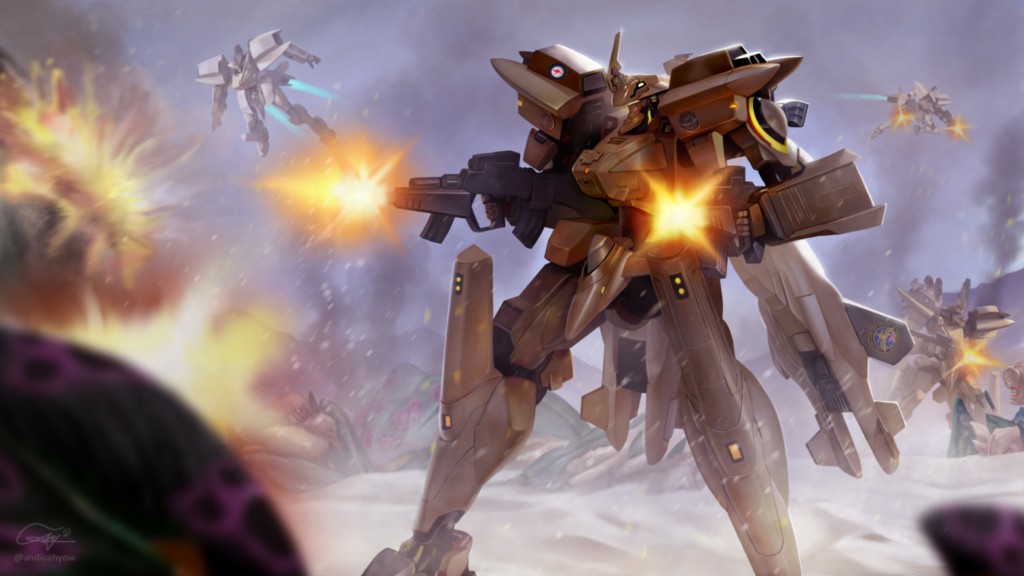
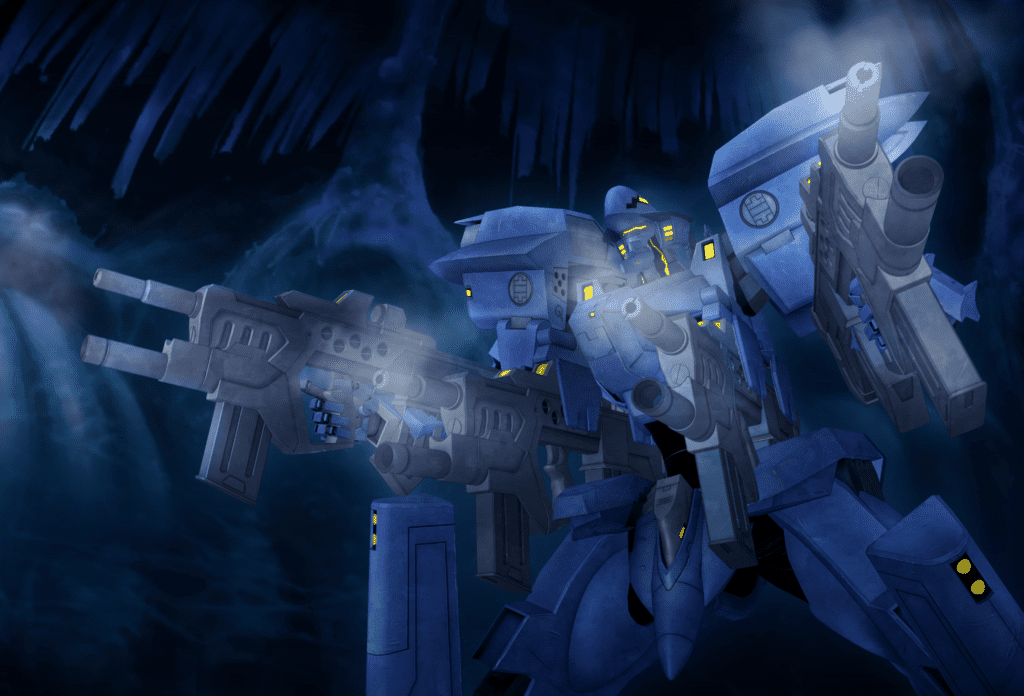





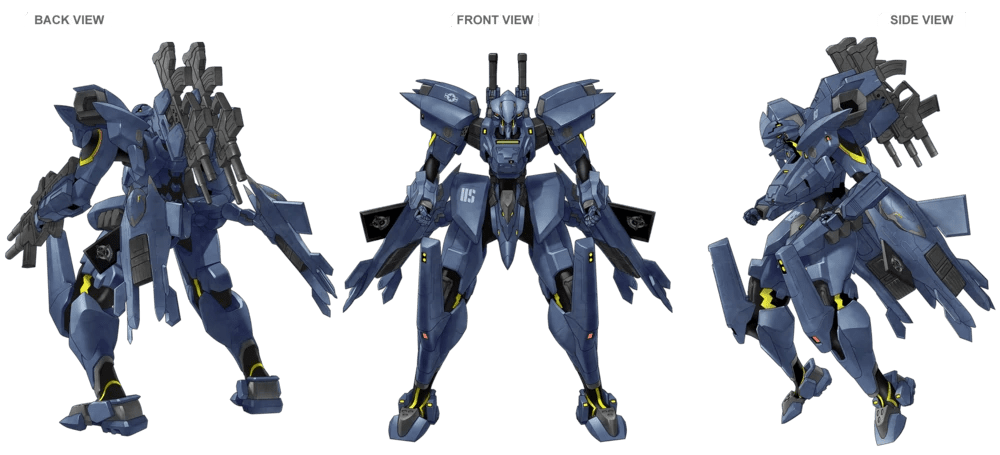


Mecha Profile: Aquarion Gepard – Aquarion EVOL
The 3rd form of the Aquarion EVOL is a walking artillery of destruction – literally. The Aquarion Gepard has enough firepower to even shoot through dimensions.
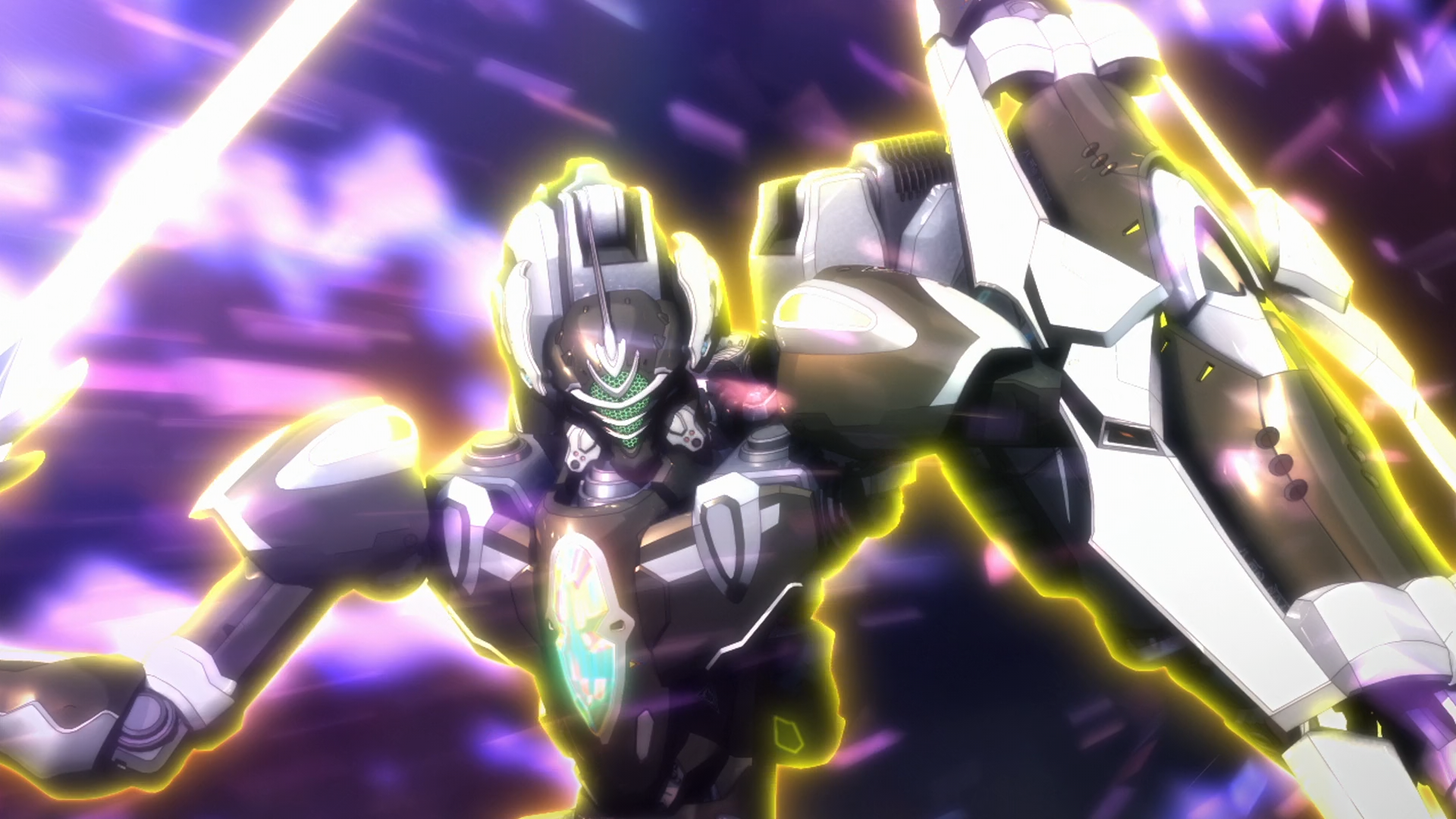
Mecha Profile: Aquarion Spada- Aquarion EVOL
The unbeatable melody of the sword – Aquarion Spada is Evol’s 2nd form. With a strong resemblance to a swordsman, the Spada is a key element in unlocking the myths of 12,000 years.

Mecha Profile: Aquarion EVOL – Aquarion EVOL
After 12.000 years, the Mechanical Angel awakens once again. Fighting for the love that span millennia, the Aquarion EVOL once again unlocks the past that was sealed within.
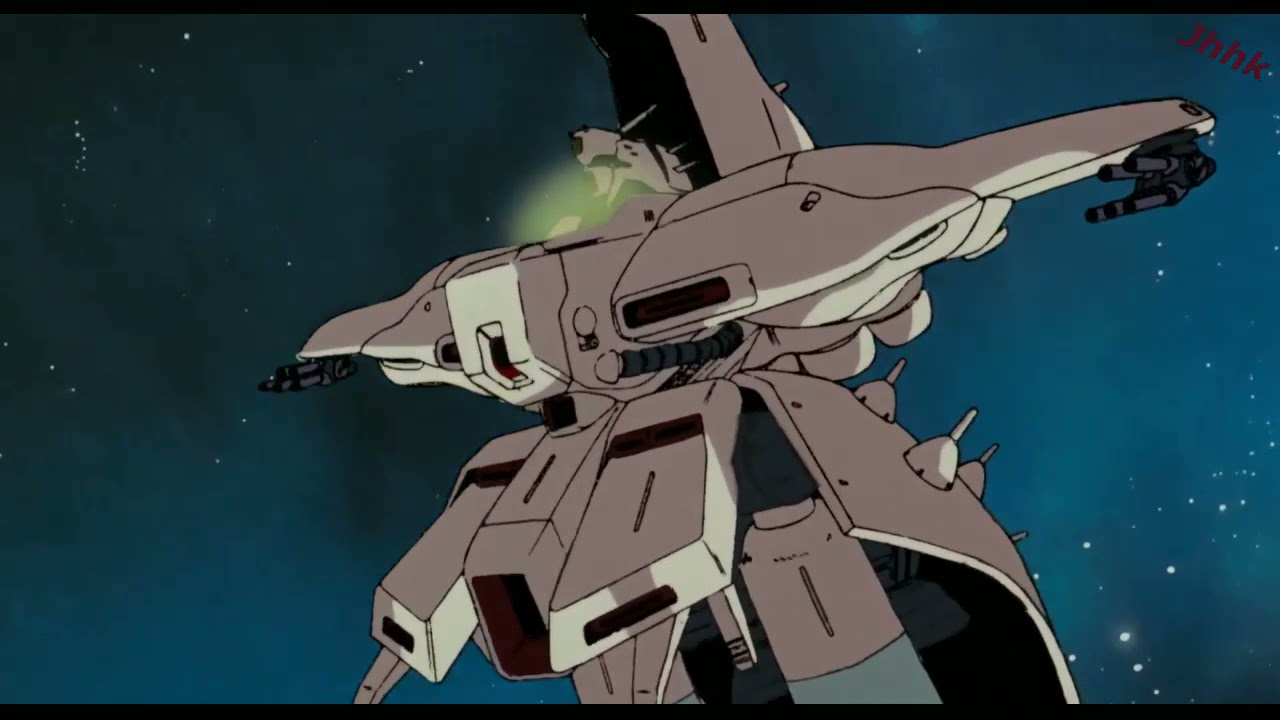
Mecha Profile: NZ-333 Alpha Azieru – Char’s Counterattack
The big and familiar looking NZ-333 α Azieru rumbles the battlefield for the newly formed Neo Zeon. Ironically, it was piloted by a young and naive Newtype girl.
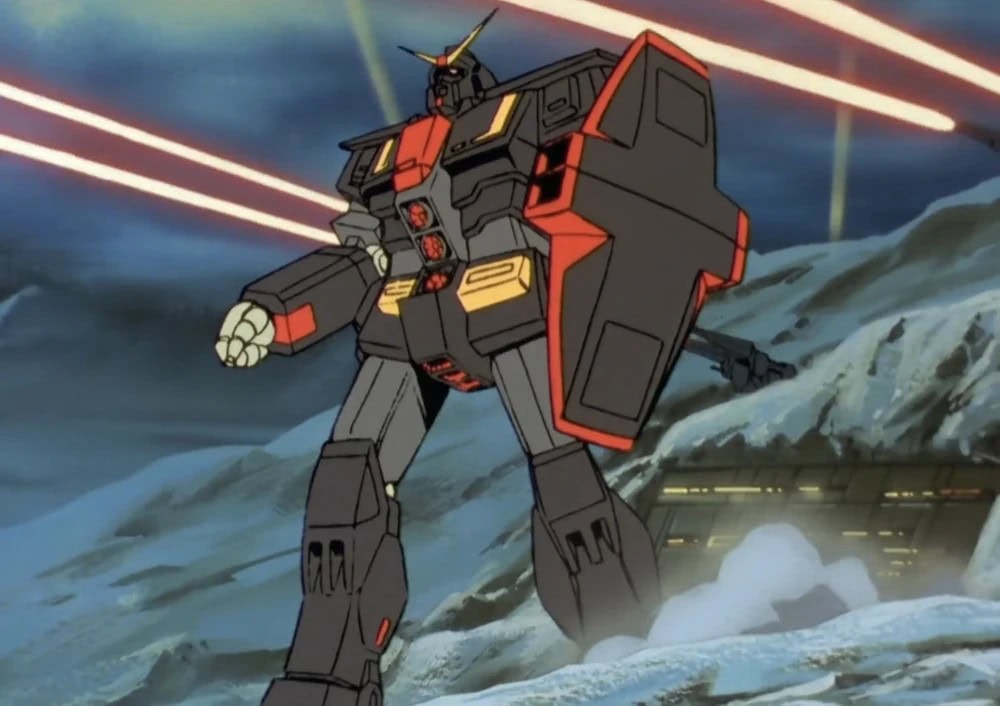
Mecha Profile: MRX-009 Pyscho Gundam
Gundams are already a terrifying sight to see for regular pilots in their mass-produced mobile suits but what if a Gundam gets even larger, stronger and even transformable? The 40-meter Psycho Gundam strikes fear in their eyes.
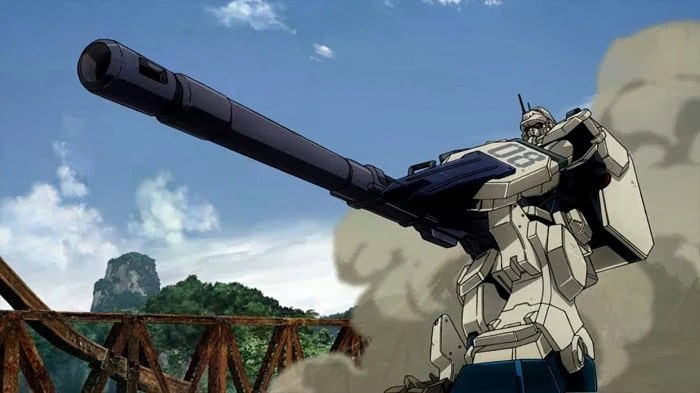
Mecha Profile: RX-79[G]Ez-8 Gundam Ez8
Some pilots want their Gundam extra thick because they keep getting shot at so instead of dodging, perhaps increasing its armor is a better choice, an armor so thick they were made from the enemies themselves – the Ez8 Gundam.

Mecha Profile: MS-07B-3 Gouf Custom
Oh boy it’s definitely not a Zaku! The Gouf Custom is a fine choice for Zeon’s aces that prefer lighter mobile suits for close quarter combat over the mass-produced Zaku II.
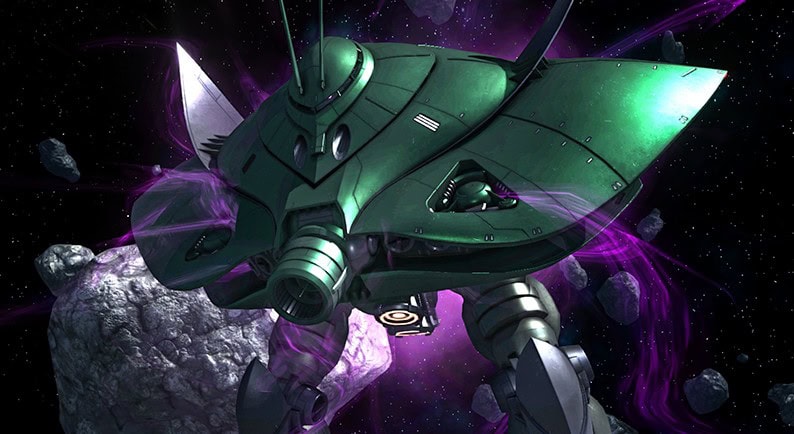
Mecha Profile: MA-08 Big Zam
This iconic and recognizable giant chicken-legged mobile suit – or mobile armor to be exact has made its debut to the Universal Century during One Year War – the Big Zam.
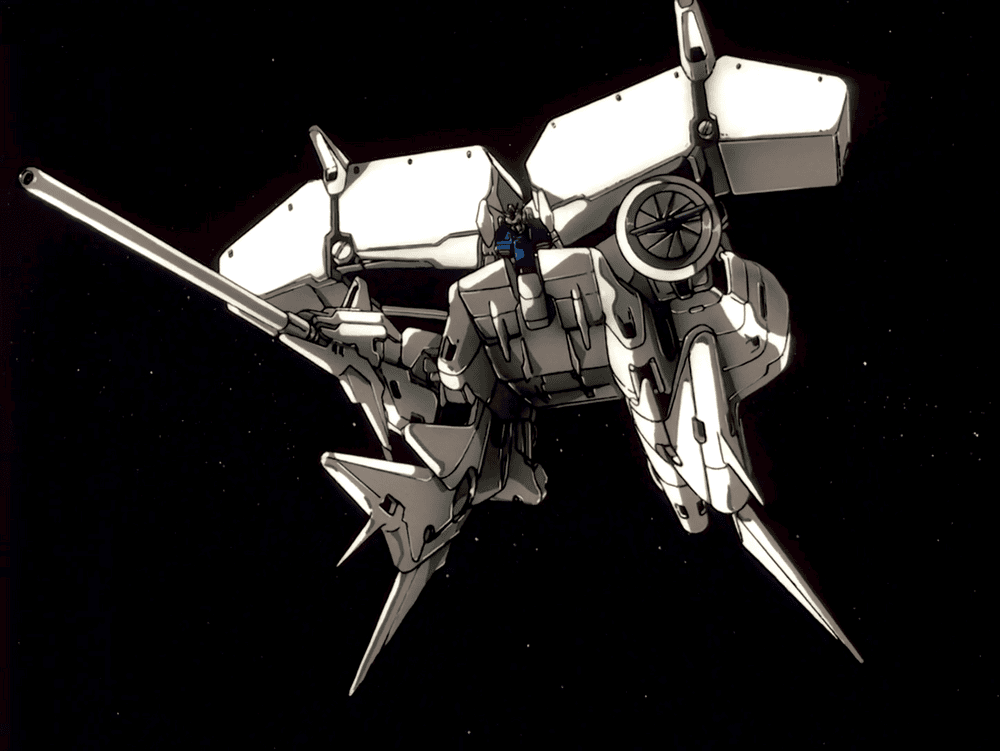
Mecha Profile: RX-78GP03 Gundam Dendrobium
A robot with a gigantic weapon pack on its back is undoubtedly one of the coolest ideas anyone can come up with and the Gundam Dendrobium is here to fulfill everyone’s dream of such. Piloted by the famous carrot hater via ace pilot – Kou Uraki, it soared through war-torn space in the middle of the Delaz Conflict.
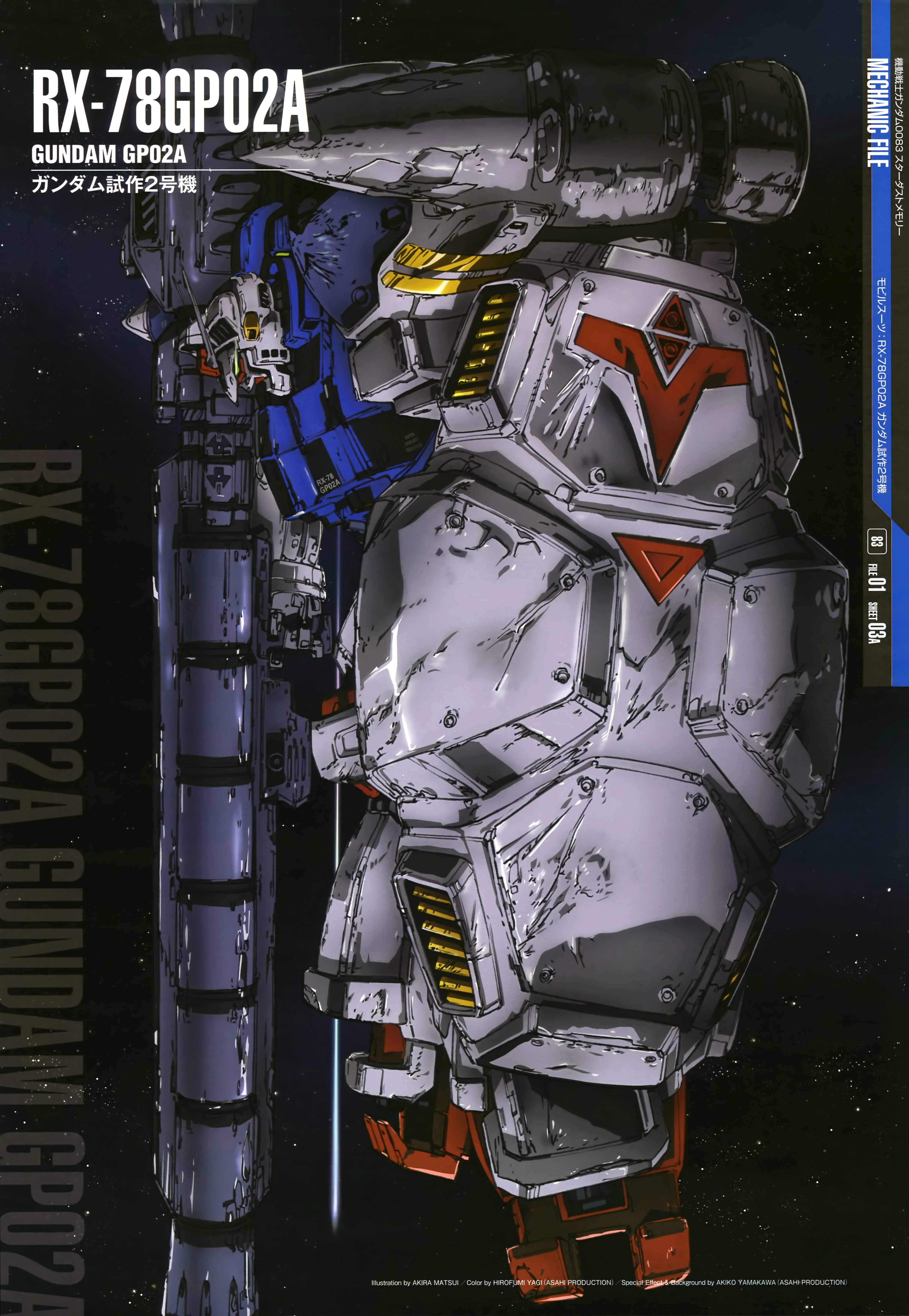
Mecha Profile: RX-78GP02 Physalis – Gundam 0083: Stardust Memory
Bulky yet very maneuverable, Gundam Physalis is one big nuclear threat that looms over U.C.0083.
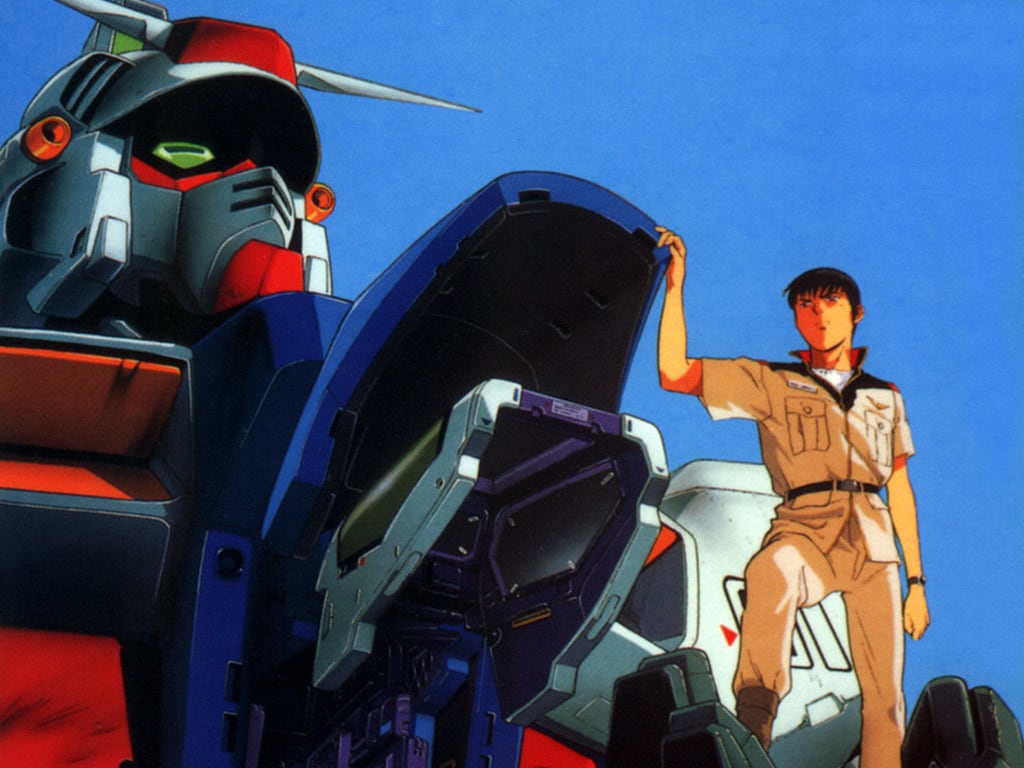
Mecha Profile: RX-78GP01 Zephyranthes – Gundam 0083: Stardust Memory
Flowers that blossom on the battlefield are the strongest kind. The Gp-01 Zephyranthes is a high-mobility Gundam that returned to Gundam’s root with a core fighter.
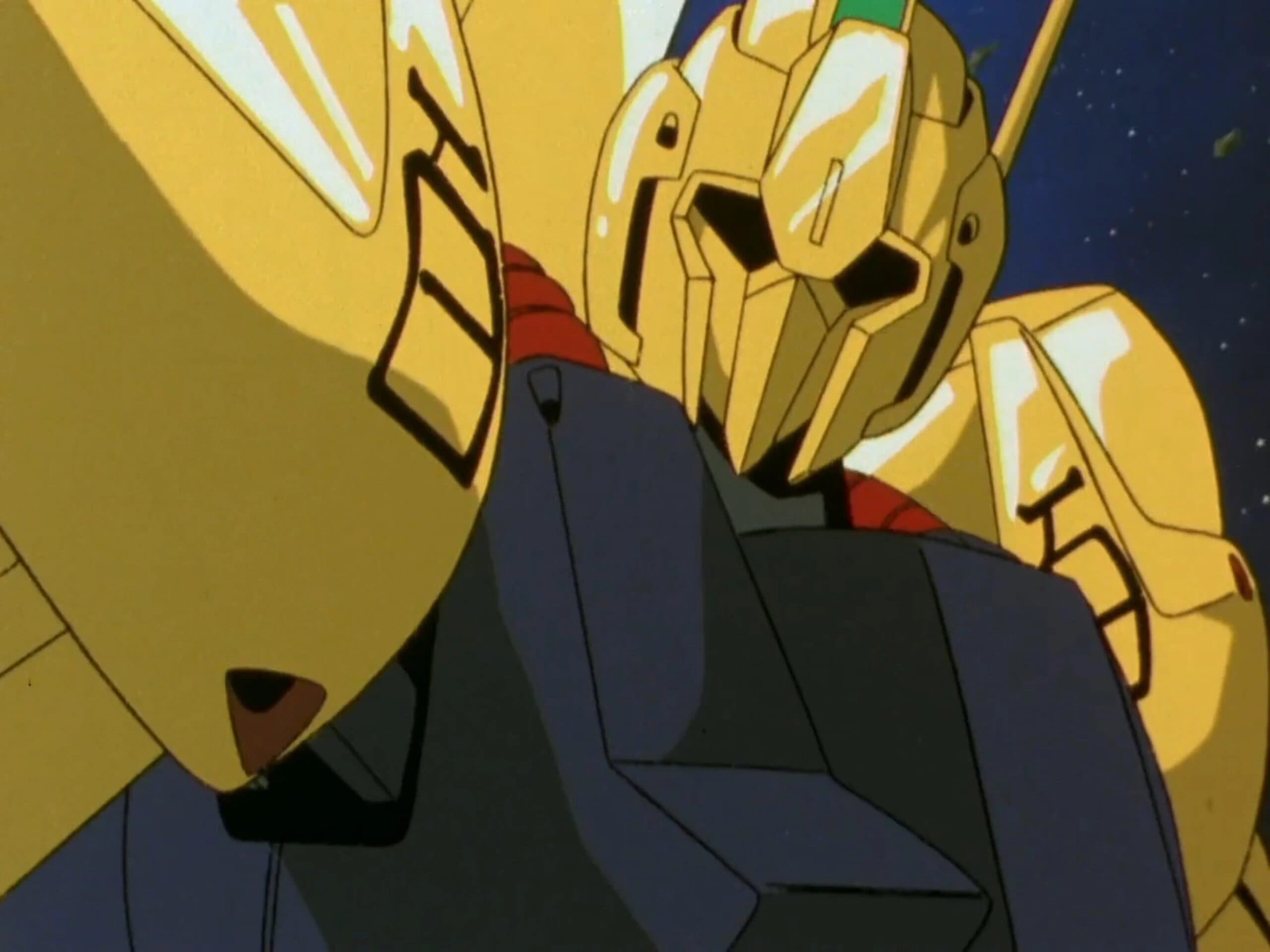
Mecha Profile: Gundam Z – Hyaku Shiki
An ambitious project to build a Mobile Suit that would last a hundred year. Cladded in a golden color is the Hyaku Shiki – aka Type 100 – which was Lt. Quattro’s personal mobile suit.

Mecha Profile: Gundam ZZ – Qubeley
A machine fitting for the queen of Neo Zeon. The Qubeley is a special machine made for a special pilot. Its funnel dominate the battlefield.
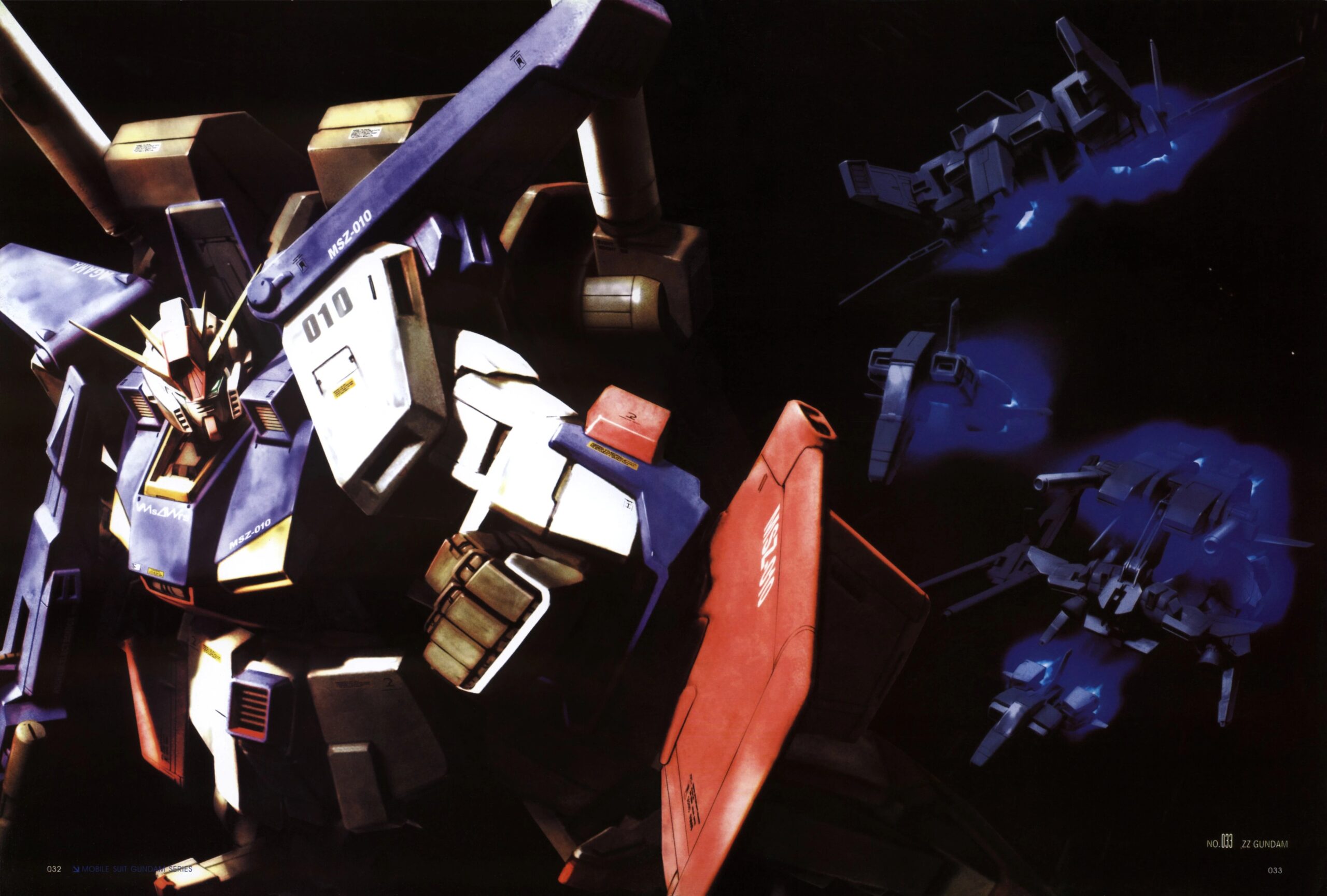
Mecha Profile: Gundam ZZ – ZZ Gundam
Power overwhelming! One of the main Gundam with the highest firepower pre CCA. The ZZ Gundam is an all-in-one combiner that was pivotal in the war against the Neo Zeon.
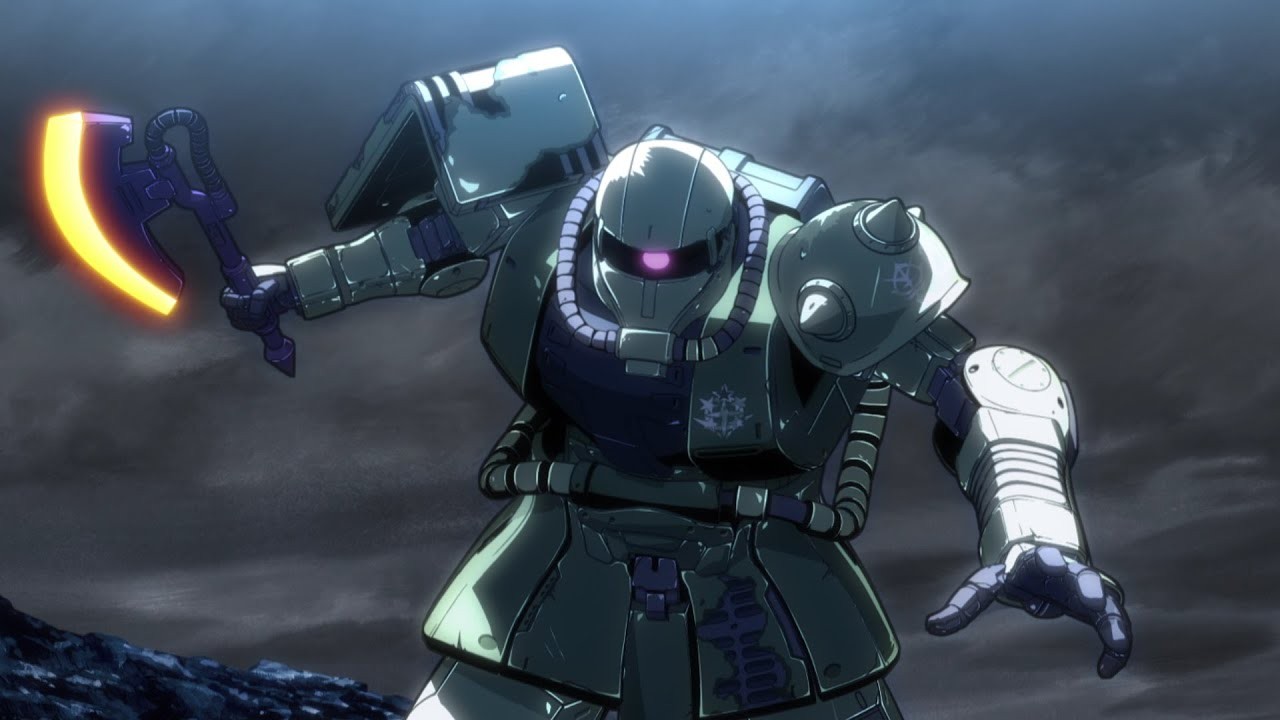
Mecha Profile: Gundam 0079 – MS-06 Zaku II
The backbone of the Principality of Zeon in the One Year War. The Zaku is not a super prototype, but its reliable performance has brought Zeon many victories – especially when Char Aznable pilot it.
